Happy Warmer Weather! Here is the Math Vitamin for the Week.
Storytelling – Story Acting to add and subtract small quantities
(Building Blocks, Weeks 24-26: Counting to and back from 10 and beyond; Add small numbers; Take away small numbers; Recognize the sum; Connect storytelling to math)
Children have spent much of the year learning and practicing number sense and simple mathematical functions. They also have been listening to, telling, and acting out stories. Combining these two experiences creates opportunities for children to apply their mathematical knowledge in ways that capture their attention and imagination. One way to do this is through Storytelling – Story acting with math manipulatives. Stories that are factual simultaneously serve to teach curricular content.
Here is one example of a true springtime phenomenon.
The (true) Story of the Cowbird – The Cowbird is a sneaky bird that does not build a nest. Instead, it lays its eggs in the Eastern Blue Bird’s nest. The Eastern Blue Bird cares for the eggs and even raises the babies. Imagine that!
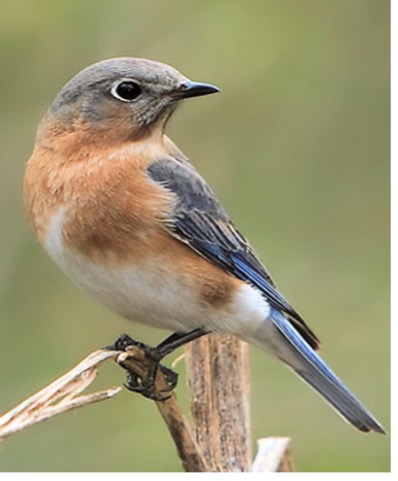
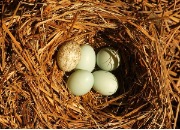
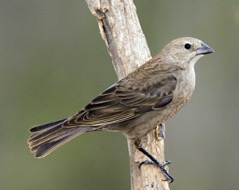
In a small group setting, give each child a set of props and manipulatives. Then, tell a Cowbird story while the children act it out by placing eggs into their nests. Then, discuss the story and the math, inviting children to add to or change the story.
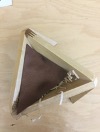
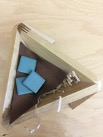
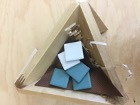
Then, discuss and embellish the story with other occurrences to add more eggs or take some out. Maybe a raccoon takes 3 eggs, or the wind topples the nest. Maybe a second Cowbird comes along and adds more eggs. You and your children can build the story and recalculate the quantities for as long as you choose. Children can create their own stories.
Make up your own stories that align with you curriculum: stories of seeds being planted, then dug up by squirrels; peas shoots sprouting then eaten by rabbits; or worms crawling to the surface after a rain, only to disappear when the sun comes out. Have fun with it!